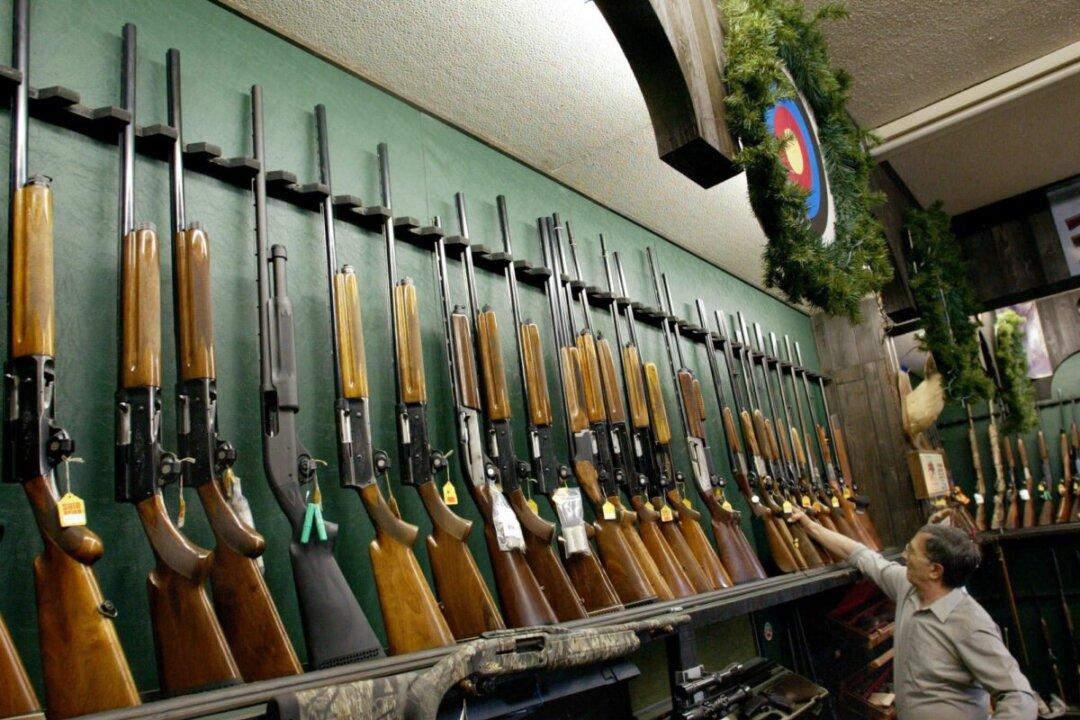The Liberals’ gun control bill burdens fall “overwhelmingly on already heavily regulated law-abiding firearms owners,” instead of the criminals who commit violent crimes, Alberta’s Chief Firearms Officer Teri Bryant told senators at a Senate committee Monday.
The Standing Committee on National Security, Defence, and Veterans Affairs heard from various officials about the feds’ gun control Bill C-21 on Oct. 23.





